JTPotter
TPF Noob!
- Joined
- Jul 28, 2011
- Messages
- 13
- Reaction score
- 3
- Location
- Monroeville, Pa.
- Can others edit my Photos
- Photos OK to edit
I was just wondering, why would i buy the Nikon 24-120mm ($1100), compared to the 28-300mm
($800)?
What makes these lenses better than the other, covering the same focal length?
I mean, all camera settings being the same, and shooting in the same range of the two lenses, 28-120mm, would the images be different?
I own the 24-120mm, and love it, but would like to get out a little further.
I also have the 200-500mm, which I, also, absolutely love (can't take it off the camera!)! Just cant carry it all day.
I enjoy bird photography if that helps.
Thanks,
JT potter
($800)?
What makes these lenses better than the other, covering the same focal length?
I mean, all camera settings being the same, and shooting in the same range of the two lenses, 28-120mm, would the images be different?
I own the 24-120mm, and love it, but would like to get out a little further.
I also have the 200-500mm, which I, also, absolutely love (can't take it off the camera!)! Just cant carry it all day.
I enjoy bird photography if that helps.
Thanks,
JT potter


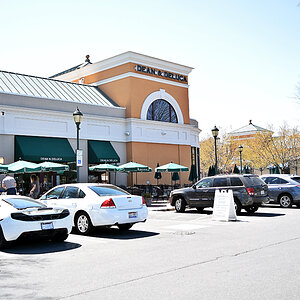
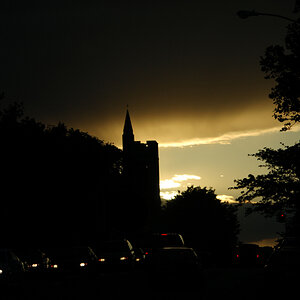
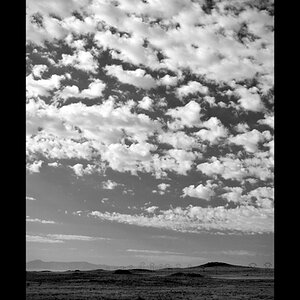
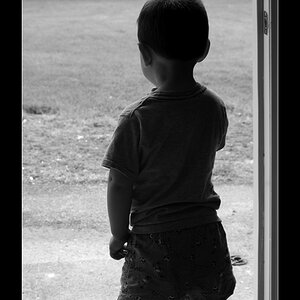
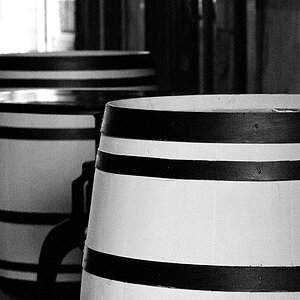
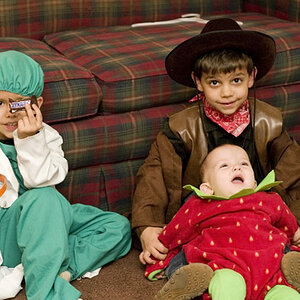
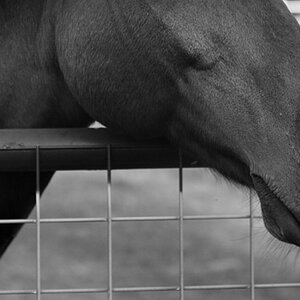
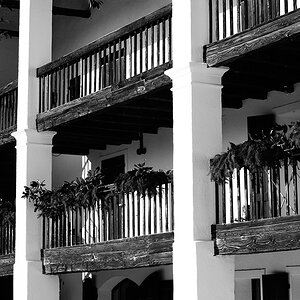
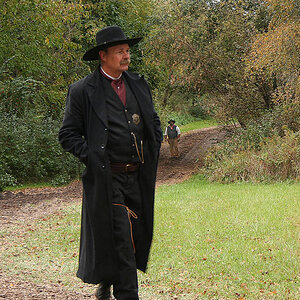
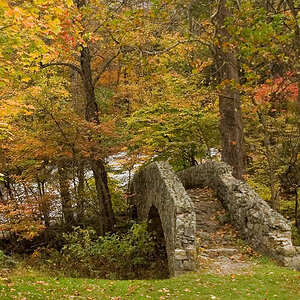
![[No title]](/data/xfmg/thumbnail/42/42034-6262420ff3ea238f05395bbcc7ae1f28.jpg?1619739985)
